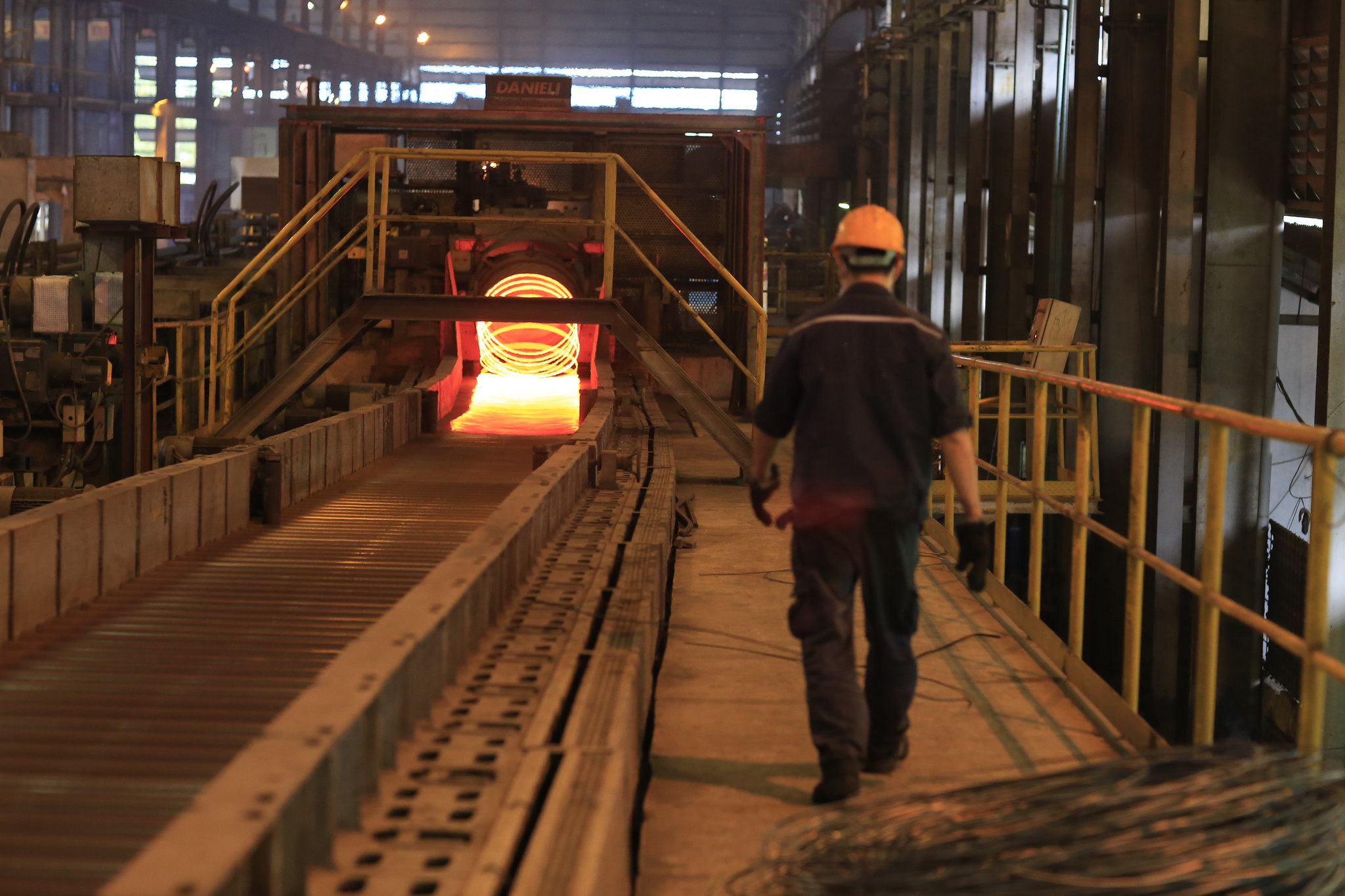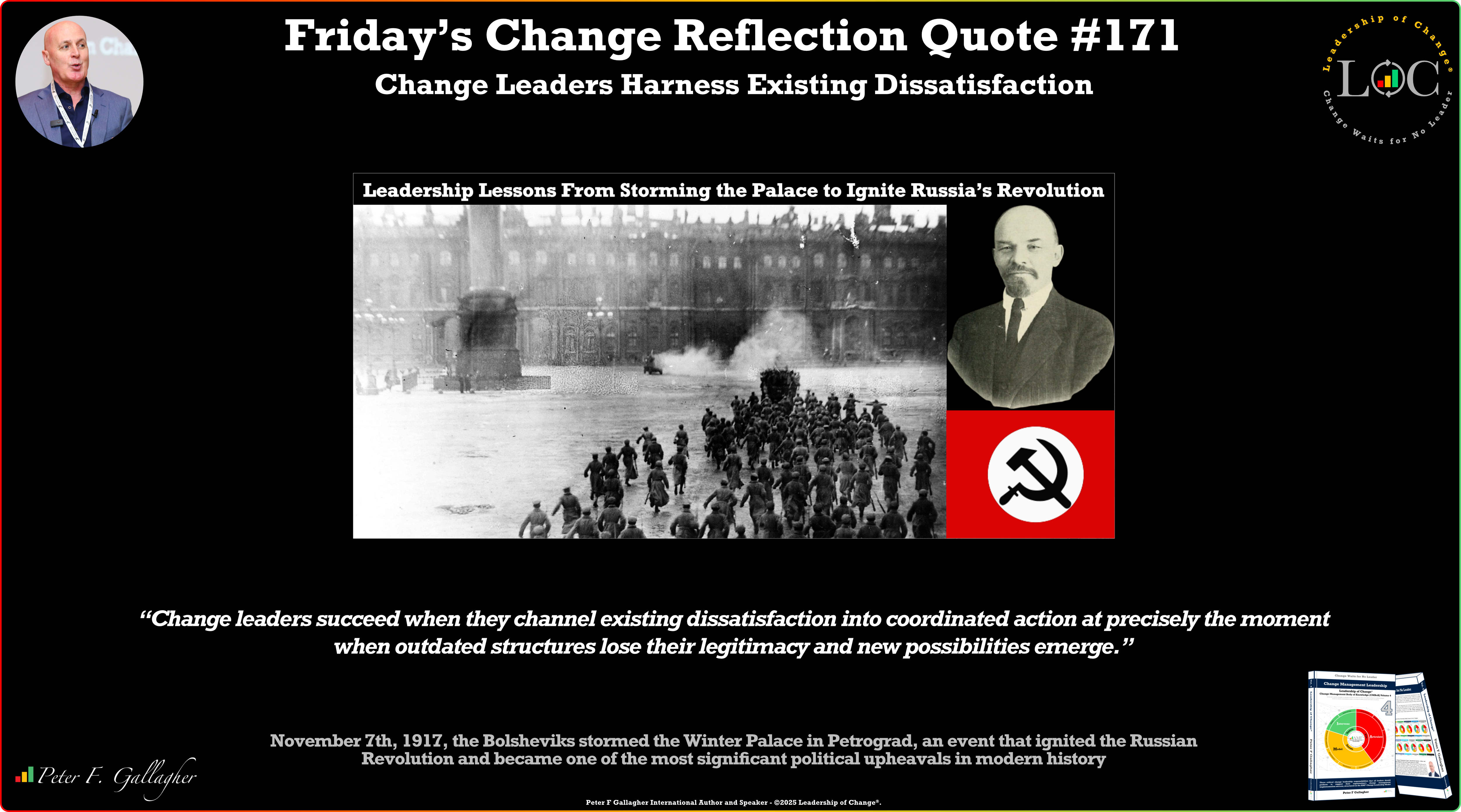Apr04

Bankability or Bust: Why Industrial Decarbonisation Hangs in the Balance
Industrial decarbonisation isn’t a footnote in climate action, it’s one of the most critical, daunting, and often misunderstood frontlines in our battle to limit global warming. We’re talking about the bedrock sectors of modern civilisation: steel, cement, chemicals, aluminium, shipping, aviation - the heavy hitters responsible for around 30% of global CO₂ emissions, according to the International Energy Agency (IEA). These are not optional extras. These are the building blocks of everything from bridges to broadband towers to the very fertiliser that feeds us.
And they’re hard to decarbonise. Not just because they burn a lot of fossil fuel, but because they’re capital-intensive, margin-sensitive, and until recently stuck in a kind of low-carbon limbo. They know where they need to go. But getting there? That’s the kicker.
In a recent episode of the Climate Confident podcast, I spoke with Faustine Delasalle, CEO of the Mission Possible Partnership (MPP), an organisation spearheading decarbonisation efforts across these sectors. And the conversation drilled into one truth that rarely makes headlines but should be etched on the walls of every climate conference hall:
“If projects aren’t bankable, they aren’t investable. If they’re not investable, they won’t get financed. And if they don’t get financed, they’ll never see the light of day.”
Let’s unpack what that means—and why industrial decarbonisation now hinges on what you might call a “demand-chain reaction”.
The Tech Exists. The Commitment Exists. The Money? Still Waiting
The technical roadmaps are there. We know how to make green steel using hydrogen instead of coal. We can produce low-carbon cement by reducing clinker content or even using entirely new chemistries. Sustainable aviation fuels (SAF)? Possible. Green ammonia? Feasible. Shipping? Working on it. The innovation isn’t the bottleneck.
What is? The economics. A ton of green steel still costs more than a ton of conventional steel. That differential, known in some circles as the green premium, or conversely, the dirty discount, is killing momentum.
Even when companies want to invest, the business case often falls apart on paper. Lenders hesitate. Insurers waver. Boards drag their feet. Because while we’ve got 700+ commercial-scale decarbonisation projects in the global pipeline (as tracked by MPP), the vast majority haven’t reached final investment decision (FID). And unless they cross that threshold within the next 18–24 months, they won’t be operational by 2030, which is the inflection point for keeping a 1.5°C world within reach.
Bankability Isn’t About Hype—It’s About Buyers
This is where the conversation gets a little uncomfortable. For all the fanfare about corporate net-zero commitments, the follow-through is spotty. As Faustine put it:
“Project developers don’t just need capital—they need a buyer. Someone willing to purchase green commodities at a premium. And right now, voluntary demand only gets us so far.”
You might have heard of buyers’ clubs like the First Movers Coalition, where companies agree to procure small percentages (1–5%) of green steel or cement. That’s a good start, and yes, it helped get some early-stage projects off the ground. But let’s not kid ourselves - that level of demand won’t carry us to industrial-scale transformation.
Voluntary action hits a wall when the CFO starts asking about cost parity and return on investment. We’re stuck in a weird holding pattern where demand is too soft to de-risk supply, and supply is too scarce to drive down cost.
The Carrot Is Nice. But the Stick Works Faster.
So how do we flip the economics? In short: policy. And not just subsidies. Faustine made a compelling case for what’s needed now - mandates, procurement standards, and regulatory demand signals that force the market to adapt.
We’ve seen this work before. Think back to Germany’s feed-in tariffs for solar power in the 2000s. By guaranteeing 45 euro cents per kilowatt-hour of solar-generated electricity at a time when market prices were a fraction of that they jumpstarted the global PV industry. Fast forward to today, and solar is the cheapest form of electricity in history.
The same dual-pronged approach powered the rise of electric vehicles: consumer subsidies on the one hand, and EU manufacturer fleet-average CO₂ targets on the other. Europe’s tightening rules, like the 2035 ban on new internal combustion engine sales are driving innovation because they leave no room for complacency.
Now imagine applying that logic to steel, cement, and ammonia. Mandates for green public procurement, building material standards, and clean fuel quotas in aviation and shipping. Couple that with production tax credits or investment guarantees and you’ve got a recipe for scale. Not perfection, scale.
A $1 Trillion Opportunity Hiding in Plain Sight
Let’s put some numbers on this.
MPP tracks over 560 industrial decarbonisation projects that haven’t yet reached FID. Combined, they represent a $1 trillion investment opportunity - real money, real infrastructure, and real emissions reductions waiting to happen.
This isn’t vaporware. These are legitimate projects announced by companies, with locations, technologies, and timelines. What they lack is a clear signal that the green output will be purchased at a viable price.
If that demand existed say, through clean product mandates in steel for carmakers, or cement standards for construction contracts, then suddenly these projects go from speculative to investable. From vision to bricks-and-mortar.
Where It’s Working, and Where It Isn’t
No country has it completely figured out, but some regions are experimenting at scale.
• United States: The Inflation Reduction Act (IRA) is throwing hundreds of billions in subsidies at clean tech. But as Faustine noted, it’s not working uniformly (and sadly the new administration is killing it off!). Compare California, which layers on state-level regulations, to Texas, which relies on subsidies alone. Guess which one is seeing more green steel and ammonia activity? (Hint: it’s not the Lone Star State.)
• Europe: A pioneer in clean industry, but increasingly hamstrung by high energy costs and limited renewable capacity (with exceptions like here in Spain, also Portugal, and the Nordics). The EU’s Carbon Border Adjustment Mechanism is a bold step, but questions remain about implementation and competitiveness.
• Emerging economies: Places like Brazil are starting to see the value in producing green fertilisers at home using domestic renewables. Ethiopia and Rwanda are already phasing out combustion engine imports. The global south may end up leapfrogging the old industrial order, if access to finance can match political will.
Hydrogen’s False Promise? Why Ammonia Might Not Be the Domino We Need
Faustine highlighted ammonia as a potential first domino in industrial decarbonisation largely because it’s already produced using hydrogen, and green ammonia could replace both fertiliser feedstocks and shipping fuels. From her view, ammonia is attractive because it straddles multiple markets and requires fewer process overhauls than, say, green steel.
But here’s where I diverge.
Hydrogen, especially green hydrogen is not a free lunch. It’s wildly inefficient. First, you lose about 30–40% of your energy just producing hydrogen via electrolysis. Then, if you’re converting it to ammonia, that’s more energy lost. And if you’re planning to crack it back into hydrogen downstream, add more losses again. The full cycle from electrons to molecules and back to electrons is like a leaky bucket.
And here’s the kicker: every kilowatt-hour wasted in hydrogen production is a kilowatt-hour not going into electrifying transport, heating homes, or running industrial heat pumps that could decarbonise more effectively, more affordably, and more directly.
In a world where clean electrons are scarce and in high demand, diverting that electricity into hydrogen pathways should be considered a last resort, not a primary solution.
That doesn’t mean green hydrogen has zero role. In sectors where there’s genuinely no viable alternative, such as long-range shipping or fertiliser production in areas with no access to other clean feedstocks it may be unavoidable. But we should be laser-focused on using it where nothing else will do. Not where electrification could do the job faster, cheaper, and far more efficiently.
Efficiency, Design, and the Hidden Wins
While we obsess over fuel switching and process redesigns, let’s not forget the low-hanging fruit.
• Energy efficiency remains one of the most cost-effective ways to cut emissions. Always has, always will.
• Material efficiency using less cement per building, lighter-weight car designs, recycling aluminium offers gains without breaking ground.
• System efficiency optimising supply chains, reducing overproduction, embracing circularity can reshape entire sectors without a single new technology.
2030 or Bust? Not Quite, but Close.
MPP’s modelling shows we need 700 green industrial plants up and running by 2030 to align with a 1.5°C pathway. That’s… not happening. Not at the current rate. Projects need to be approved by 2026 at the latest to hit that mark, and we’re nowhere near the FID surge we need.
But Faustine remains cautiously hopeful. Even if we miss the 2030 milestone, the sheer volume of pipeline projects suggests that by 2035, the industrial landscape could look very different. That’s a delay we can’t afford, but also a shift we can’t ignore.
Listen to the Full Conversation
If this post has piqued your interest, and I hope it has, then I’d encourage you to listen to the full conversation with Faustine Delasalle on the Climate Confident podcast. We cover financing strategies, buyer incentives, regional disparities, and what it’ll take to bring those 700 projects to life.
Listen to the full episode here
Let’s stop treating industrial decarbonisation as someone else’s problem, or worse, as too hard to tackle. The pathway is difficult, but visible. The tools exist. The money is waiting. What we need now is the will to buy, to build, to believe that this transformation i s not just possible, but mission-critical.
This article was originally published on TomRaftery.com. Photo credit ILO Asia-Pacific on Flickr
By Tom Raftery
Keywords: Climate Change, Finance, Sustainability
 Friday’s Change Reflection Quote - Leadership of Change - Change Leaders Harness Existing Dissatisfaction
Friday’s Change Reflection Quote - Leadership of Change - Change Leaders Harness Existing Dissatisfaction The Corix Partners Friday Reading List - November 7, 2025
The Corix Partners Friday Reading List - November 7, 2025 The Trust Deficit in Change Programmes
The Trust Deficit in Change Programmes Management of Portfolio complexity a key to Supply Chain responsiveness
Management of Portfolio complexity a key to Supply Chain responsiveness Who Revolves Around Your Ambitions? Time to Find Out.
Who Revolves Around Your Ambitions? Time to Find Out.